It’s a common misconception that app developers believe the Field of Dreams quote, “If you build it, they will come” as being the last and final step into building an application. Sure, Great! You finally did it! You created a mobile application! That in its own right is a marvelous achievement, but don’t harbor on it too long. You still have a lot of work to do marketing it to your targeted audience. It’s your job to show just how awesome your application is, and turn those impressions into downloads. The question you’re probably now wondering about is: “How do I do this?”
Let’s explore 7 fundamental principles of mobile app design that are crucial for helping promote your brand and mobile app through a marketing plan.
1. Understand the Role of your App on the Market
The first step is to thoroughly be aware of what your application does, and how it will benefit its users. Build an understanding around whether or not it’s coherently functional, how well it improves a user’s life, and if it’s easy and fun to use. This should be the basic framework around how you structure your marketing strategy and one of the primary steps during your mobile app development services stage. If there seems to be any confusion about what exactly you’re offering, the app becomes irrelevant and directly damages your brand image and sales. According to a research study done by mobile intelligence startup Quettra: “…the average app loses 77% of its daily active users (DAUs) within the first 3 days after the install. Within 30 days, it’s lost 90%.” Don’t let your brand suffer but launching an app just to launch an app. If you’re selling a social messaging application, analyze your app picture, title, description, screenshots, etc. and ensure they all accurately define your creation. There should be zero ambiguity into what you’re promoting.
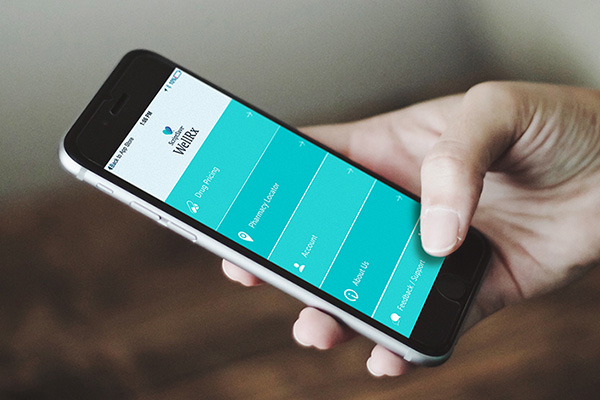
2. Know your Target Market
Now that you’ve established what you do, you should have a clear characterization of whom you want to be selling to. Determine who would benefit most from the features your application provides. For example, if you’re selling an action-based RPG game suited for kids in elementary school, advertising to grandparents in their 70’s is clearly not your best bet. Apptory gives us some insight on the best ways to discover your audience:
- Market Research: Use services like Google AdWords to help define your demographic though age, gender, location, etc.
- Surveys: Through online questionnaires, get respondents to provide information directly related to your application.
- Focus Groups: Ask development and application questions face-to-face in target groups to gain insight on which consumers may receive the most value from your application.
3. App Store Optimization
Mobile SEO, ASO or App Store Optimization is often in the limelight when it comes to enhancing your brand’s visibility on the web. “App store optimization (ASO) is the process of improving the search ability and conversion rate of an app in the app store. Mobile users are constantly looking for new apps, and with over 3 million to choose from, ASO has become more important than ever.” Check out our mobile optimization services to get a better idea of the different aspects involved in app optimization. With hundreds of thousands of applications present in app stores, it’s undoubtedly one of the single most important strategies to follow in your marketing campaign.
Including industry relevant keywords in your title and description are straightforward fixes for ASO purposes. However, if your brand is still having trouble making it work, try investing in a SEO Agency which specializes in mobile user experience design services and watch as your application’s downloads increase in no time.
4. Is the Price Right?
Similar to the hit American television show The Price is Right, (not really) you’re in control of what you think your application’s designated price tag should be. The best approach to placing a value on your app is to do a comparative analysis of your competitors. Looking at which category you’re positioned in will help guide your decision making and give you an idea for what other brand’s are charging for their services. Are you a utilities app that requires an up front cost or are you a free game that offers in-play incentives that add to a user’s experience? According to Statista, “In 2012, in-app purchases accounted for 11.4 percent of global app store revenues and are expected to grow to 48.2 percent in 2017.” Another thought to keep in mind is how much it cost to produce your application. Does there need to be a big markup due to high development expenses? Review the market trends and see what numbers work best to meet your business goals.
5. Keep User Data Secure
In a recent report produced by Now Secure, “24.7 percent of mobile apps include at least one risk security flaw” and “35 percent of communications sent by mobile devices are unencrypted.” Think about it – would you be comfortable using an application that had a chance of leaking your sensitive/vital information? Assuring your consumers that their data will remain safe is crucial in marketing your application. How do you help safeguard it? Allocate money into mobile app development services, which help make smartphones and tablets more resilient to online attacks. Giving certain restrictions to unauthorized devices and establishing tracking software will certainly help this cause.
6. Create Some Media Hype
Choo Choo, all aboard the hype train!
Social media, bloggers, influencers and other media channels are all your brand’s best friends when marketing a product. If your application is all that and then some, go out and prove it!
YouTube is a great platform to create some excitement. Inviting big time users to run through and upload trailers on your finished product is a magnificent way to promote. Leveraging other high user base platforms like Facebook, Twitter, and Instagram can enormously boost your marketing campaign as well.
7. Give a Sneak Peak 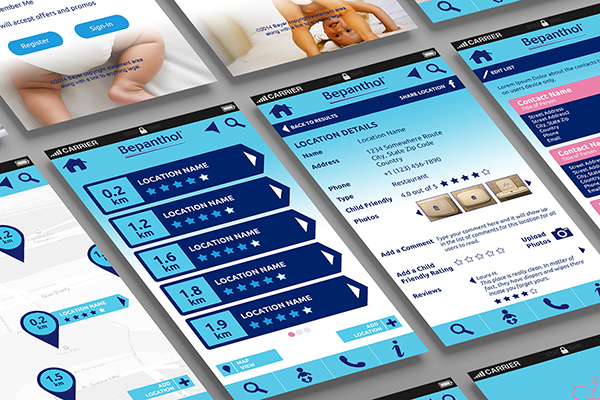
Last but not least, it’s always a really good idea to give users a brief glimpse as to what your application actually does. Releasing video trailers, tutorials and high quality screenshots give your audience a chance to connect with your brand and application prior to download, enticing potential customers to pay for your product. This also gives an opportunity for the outside world to discuss and build hype for your app though review posts and blogs.
Follow these steps and watch as your application climbs to the top of mobile app stores!
Need some help getting started? We offer a range of mobile app development services and marketing plans to help kick start your next big idea. Get in touch.
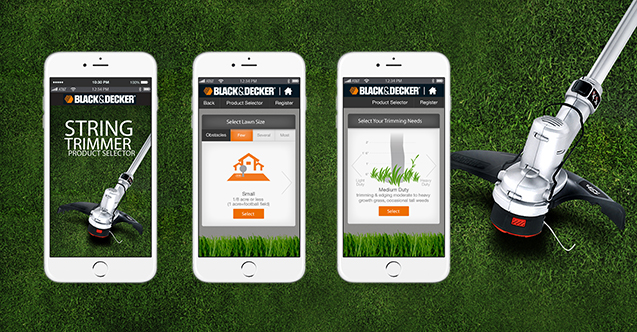
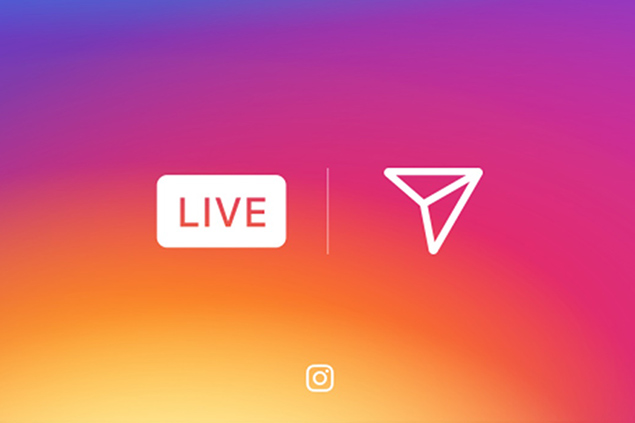
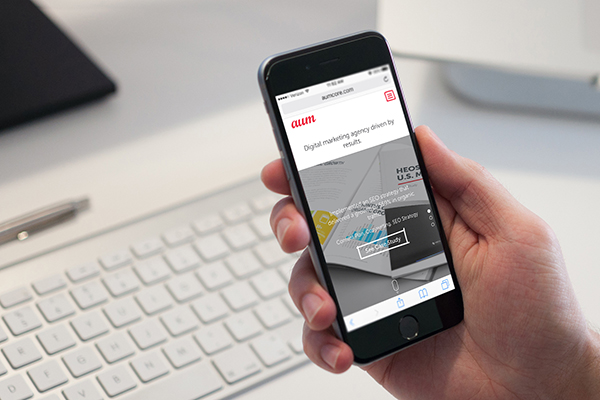


Tell us your thoughts in the comments